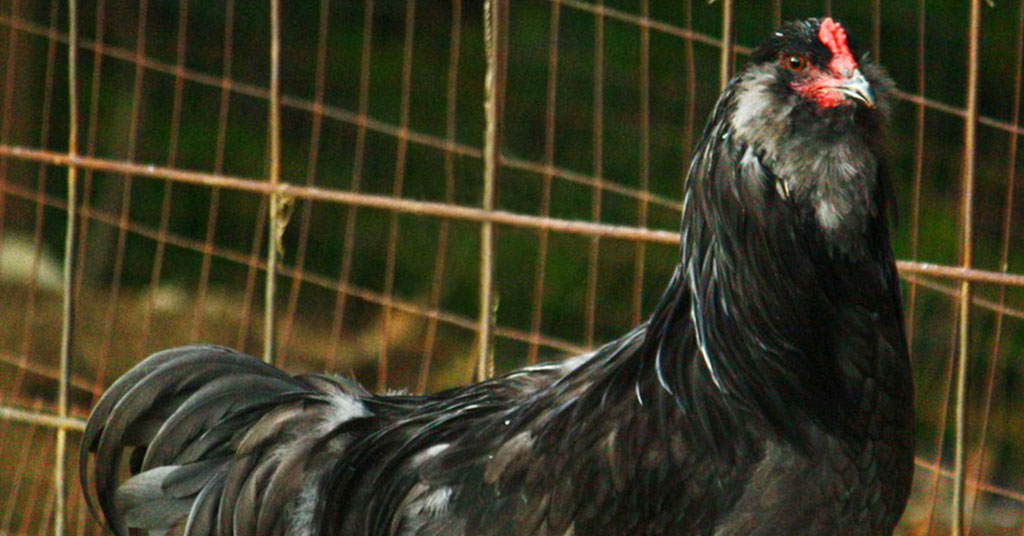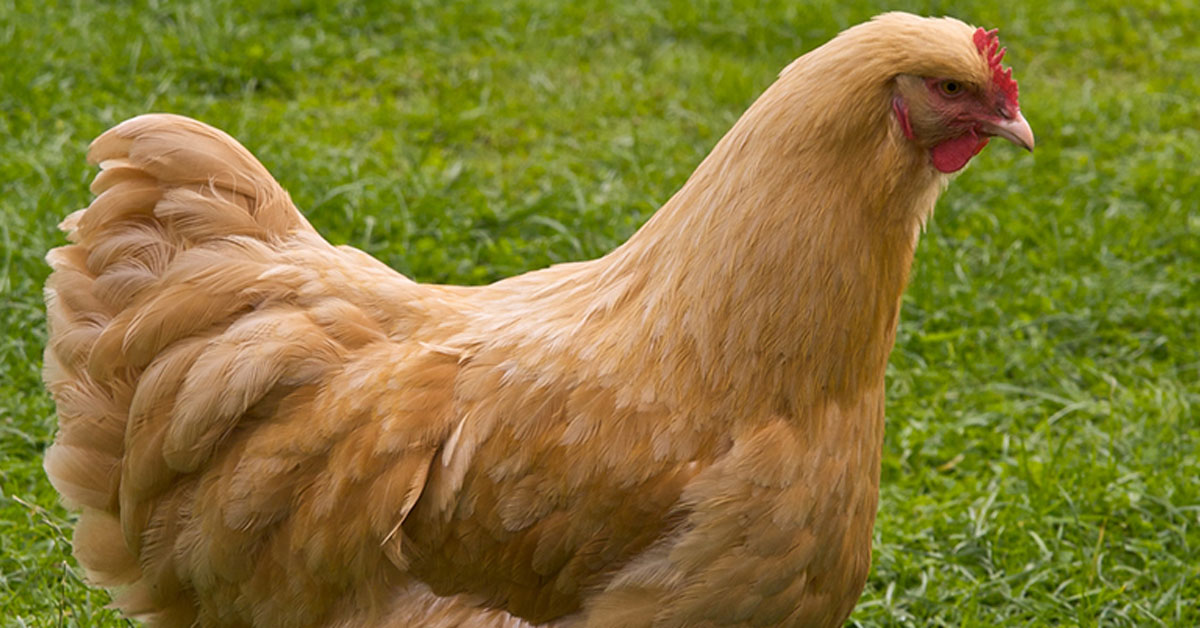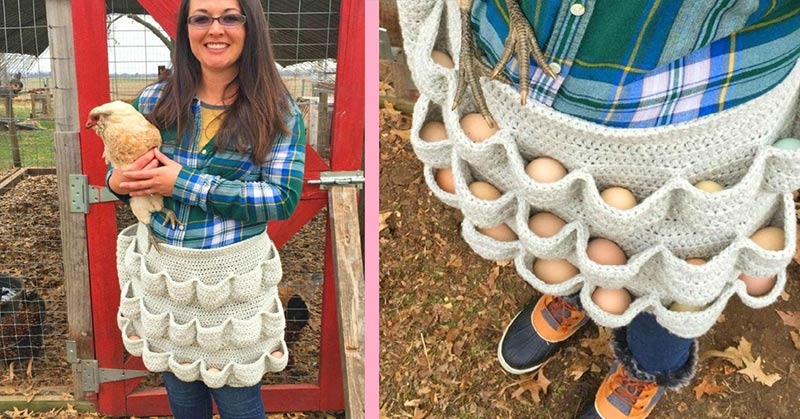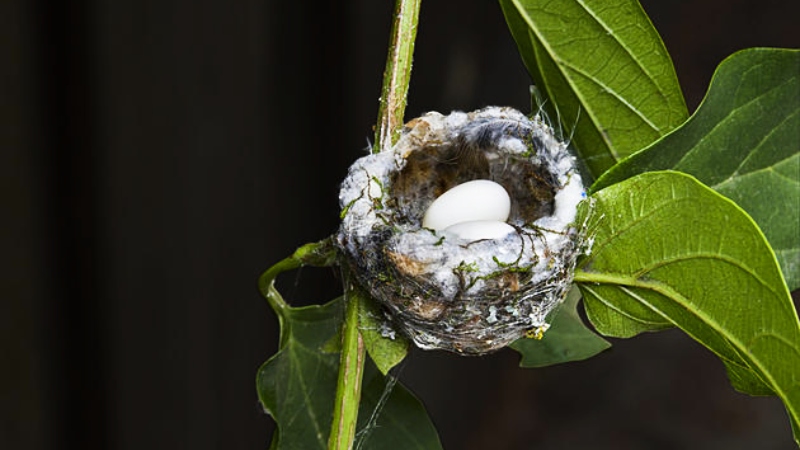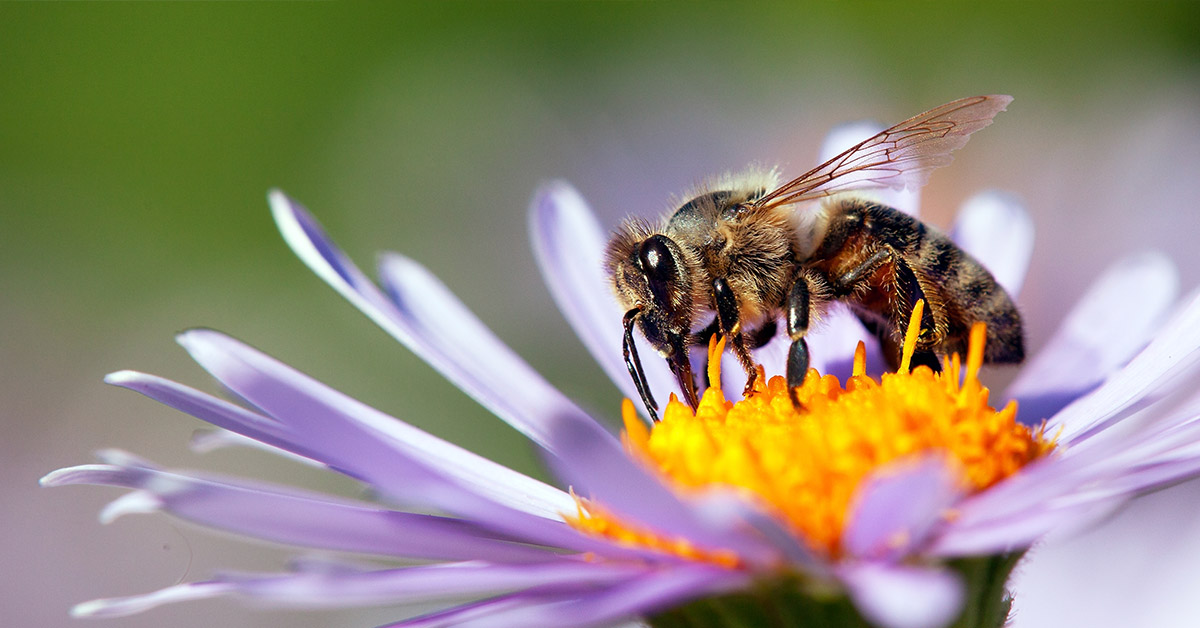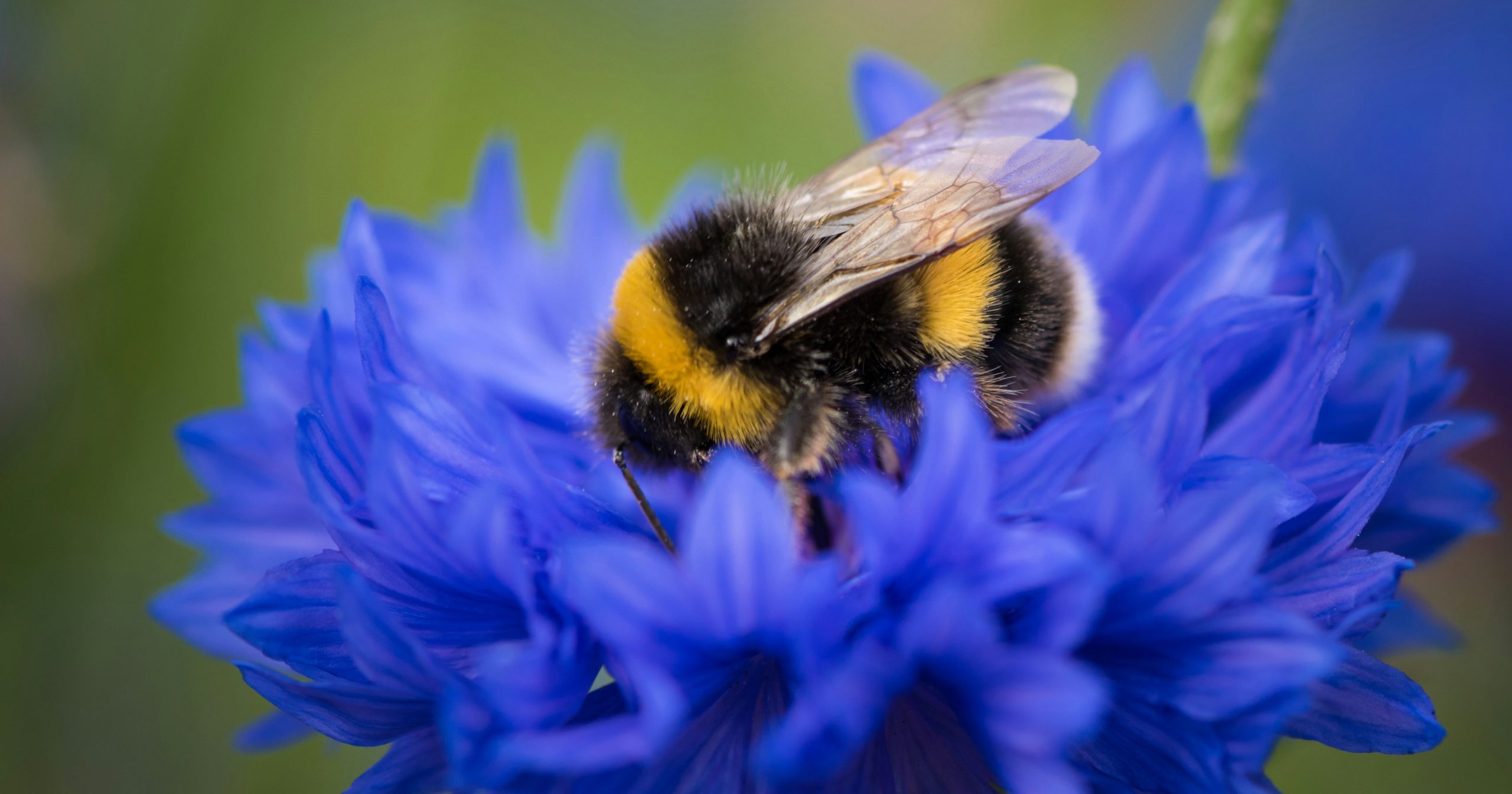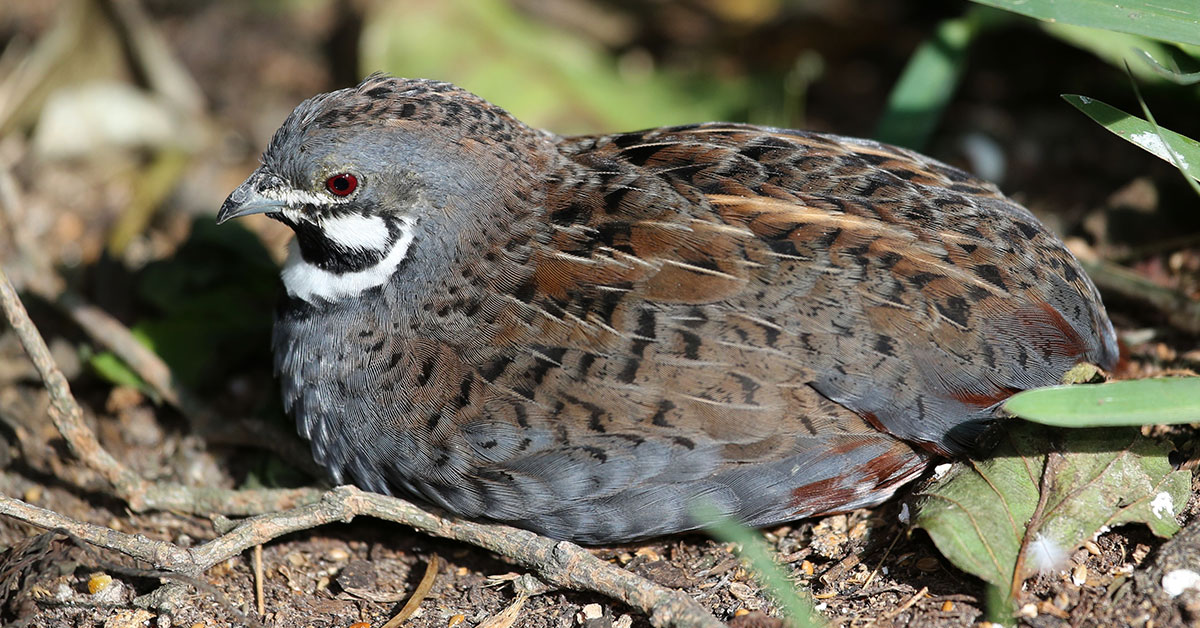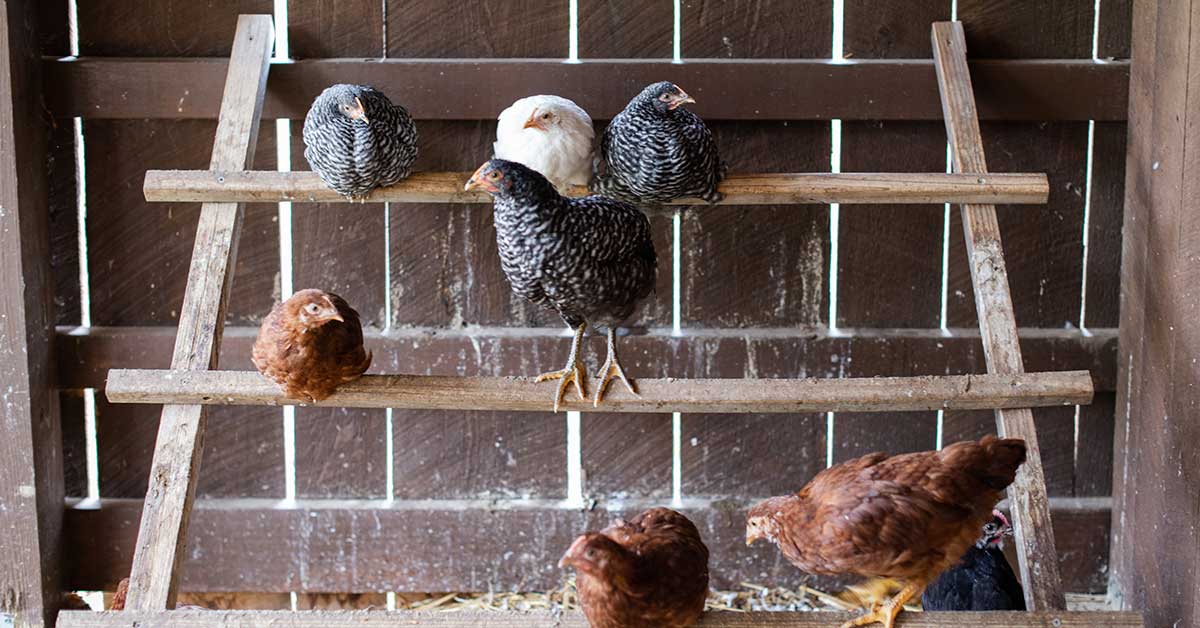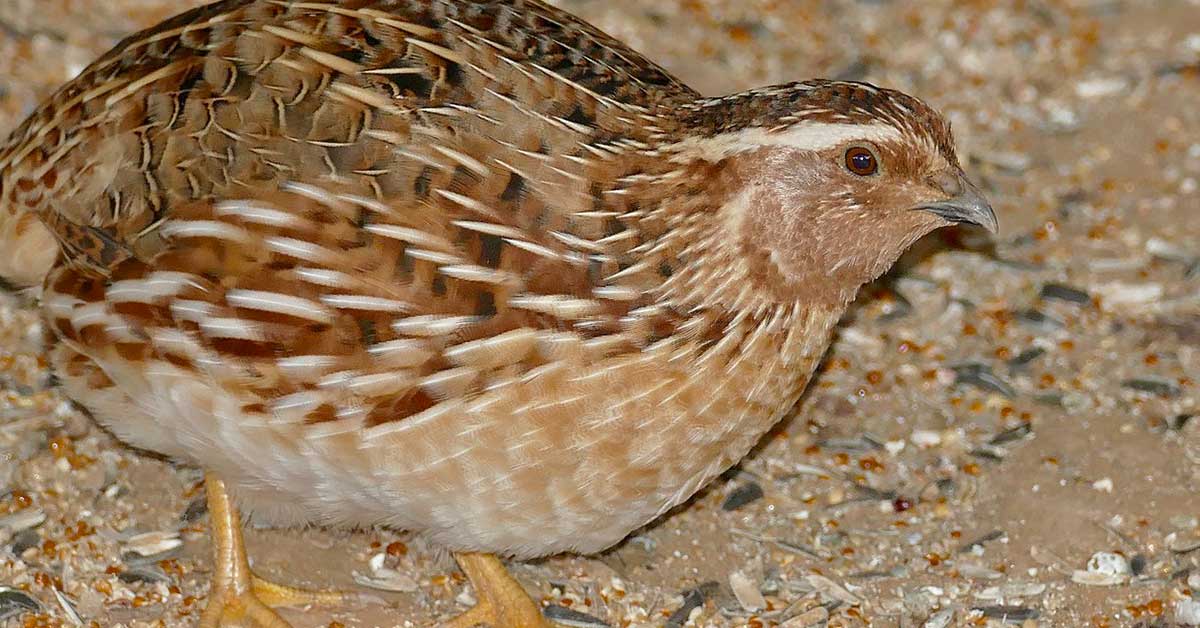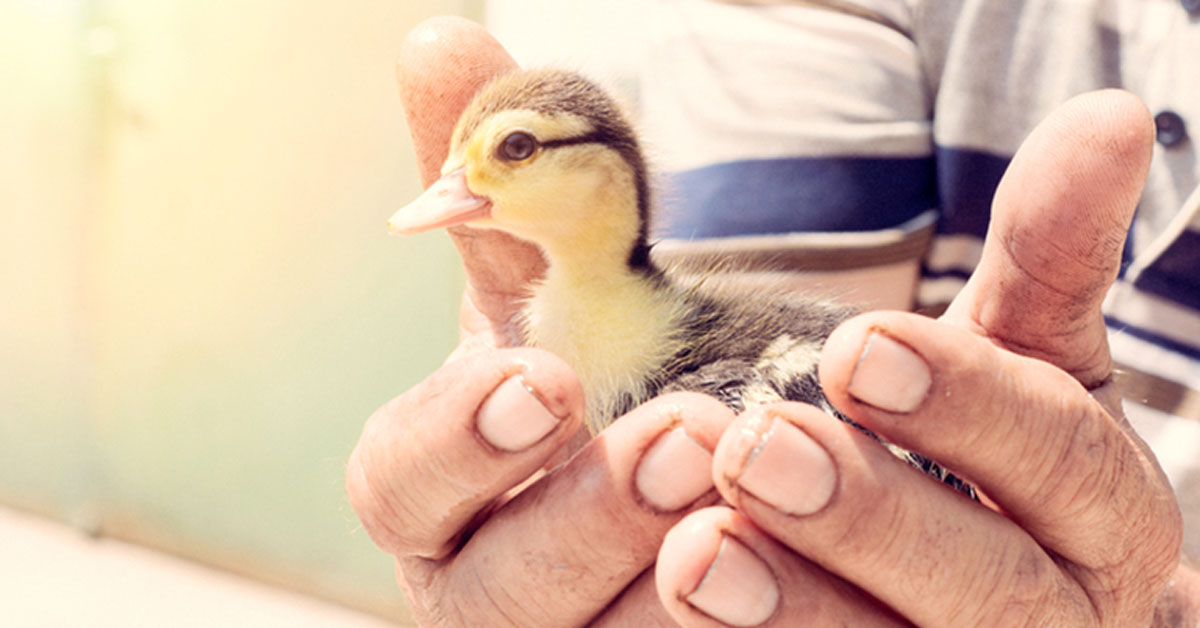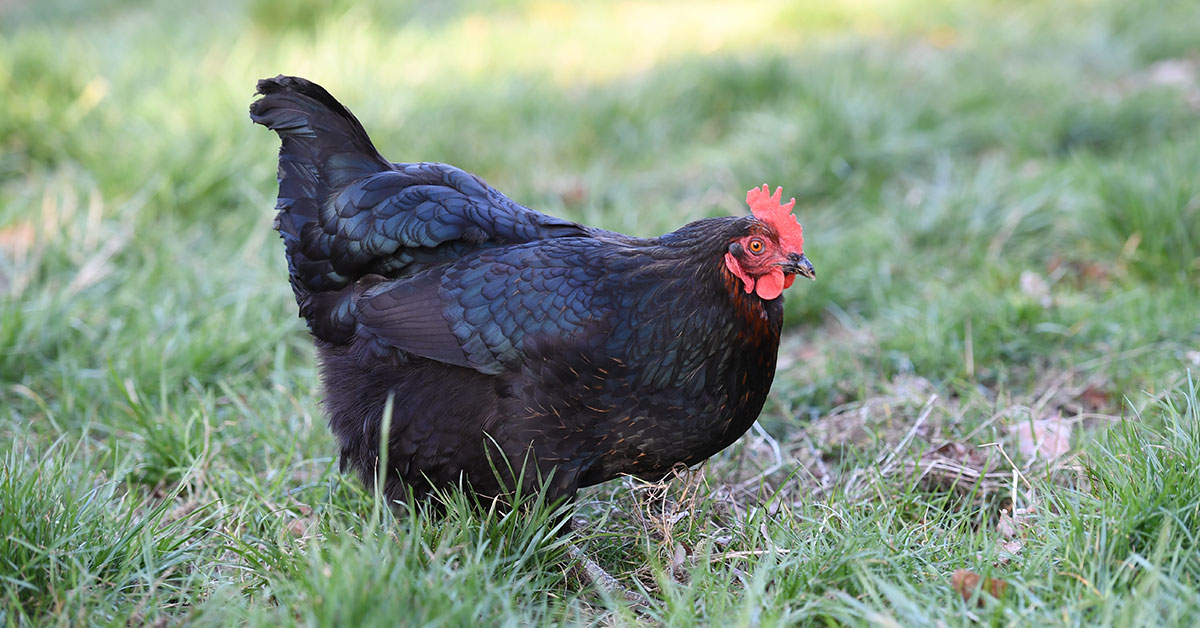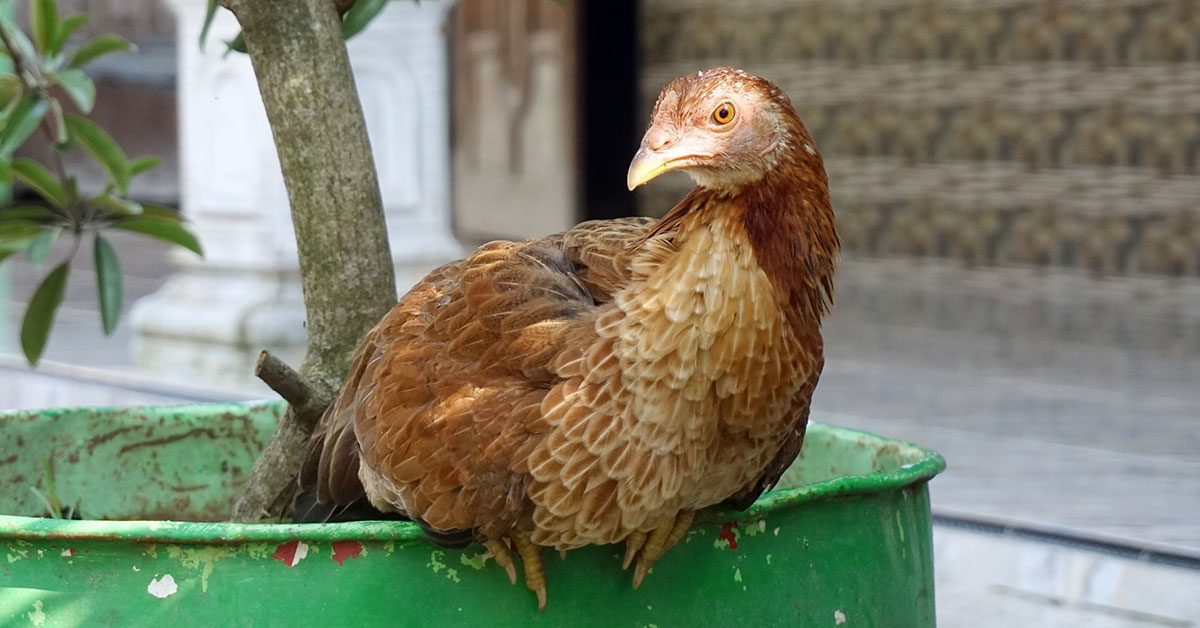Backyard chicken keeping is an increasingly popular hobby that is experiencing a resurgence. More and more cities are rolling back ordinances that prevent keeping chickens on your property, leading to an uptick in interest. There are hundreds of different types of chickens to choose from – hybrids, heritage breeds, crosses. One of those breeds is the Ameraucana chicken. Similar to Araucanas, Ameraucanas are a beautiful breed of chicken that is highly prized for its unique appearance and blue eggs.
All about Ameraucana chickens
When it comes to picking the right breed of chicken for your home or farm, knowing the basics of the breed will help you make that decision. A flock of Ameraucanas may be the right chickens for your property, but before you buy chicks, let’s do a deep dive on this beautiful, unique chicken.
- Appearance: Large eyes, variety of colors, bearded, full-faced appearance
- Origin: United States
- Temperament: Docile
- Noise: Quiet
- Purpose: Eggs
- Maturity: 24 weeks
- Eggs per year: 200
- Egg color: Blue
- Egg size: Medium
- Size: Small
- Hen weight: 5 lbs
- Rooster weight: 6 lbs
- Broody: Yes
- Lifespan: 8+ years
- APA Recognized: Yes
Ameraucana egg color
Ameraucana chickens are a much-adored breed of chicken for their docile, quiet nature. Their eggs are also real head-turners. While most of the eggs you see for sale in the store are white or brown, the Ameracauna lays blue eggs. It’s certainly a fun surprise to see these colorful, blue eggs mixed in with white and brown eggs!
Ameraucana laying age
Ameraucanas take a little bit longer to mature than their counterpart, the Aurancana. They begin laying eggs usually after about 24-28 weeks. They lay 200 medium-sized blue eggs per year, which is about 3-4 eggs per year.
Ameraucana Temperament
Much like its cousin the Araucana, the Ameraucana chicken is a friendly, social chicken that will quickly befriend the people and animals that call your property home. They are known to be good foragers, but a bit broody. These are good chickens for urban chicken keepers, as they are relatively quiet.
When it comes to roosters, and this applies to just about every breed of chicken, if you treat them with respect and are kind, they will typically return the favor. Knowing their boundaries and reading their body language is important. If, despite all your best efforts, your Ameraucana rooster won’t stop being aggressive, it may be best to remove him from the flock and look for a nicer rooster.
Purpose
Ameraucana chickens are a fairly small breed of bird, with hens only weighing about 5 to 5.5 lbs. Because of their small size, they don’t make very good meat chickens. They are decent egg layers, though hardly the most productive breed of chicken out there. Still, they’ll produce about 200 medium, blue eggs for you each year.
Coop and run
Chickens tend to pick up bad behaviors when their coop and run aren’t up to their standards, so making sure you have the appropriate cook and run for your Ameraucana chickens is vitally important.
Ameraucanas like to have plenty of coop and run space to go about the business of being a good chicken. The more space you can provide them, the happier they’ll be and the more eggs they’ll lay. Ameraucana chickens should be provided 10 or more square feet of free range area per bird.
Chicken runs and coops should be kept properly cleaned out and provided fresh straw regularly. At least one nest box per laying hen is preferred, although they can tolerate “buddying up” and laying eggs in the same nest box. These chickens are known to wander some and will occasionally find creative places to lay their eggs.
Common Ameraucana chicken problems
The Ameraucana chicken is a hardy, heritage breed. Keepers of this chicken don’t generally run into any breed-specific issues. The two big downsides to this bird is its broodiness and the number of eggs it lays per year. But for many who keep Ameraucanas, what they lack in egg production they make up for by being good-natured and laying neat, blue eggs.
Viral diseases
Chickens are susceptible to a number of viral illnesses, including Marek’s disease, vaian flu, fowl pox, Newcastle disease, and bronchitis. Some of these conditions are more common than others. Signs of a viral infection among your chickens include sneezing, coughing, reduced egg production, reduced eating, lethargy, discharge around the eyes and sinuses, sores, and paralysis in the case of Newcastle disease.
Most chicks acquired from a reputable breeder or hatchery are vaccinated against the more common viral infections, like Marek’s. Chicks acquired from smaller-scale sellers may not be vaccinated. Always ask if your chicks have been vaccinated and what they’re vaccinated for.
Bacterial illness
Bacterial infections are a real concern for chickens, as coops, runs, and the outdoors, in general, can be havens for bacteria. The most common bacterial infections for chickens are salmonellosis and colibacillosis. These infections can be fast spreading and infect entire flocks.
Signs your chickens may be struggling with a bacterial infection include reduced egg laying, breathing problems, reduced appetite, and death. Salmonellosis doesn’t always present symptoms in chickens.
Fungal diseases
The two most common types of fungal diseases are brooder pneumonia and ringworm. Ringworm can be spread to humans as well, so if you suspect your chickens have ringworm, handle them carefully and wash your hands and clothes immediately.
Brooder pneumonia tends to only infect young chicks spending their first few weeks in a brooder. Ringworm usually clears up on its own with time. Keeping brooders and coops clean is key to avoiding these fungal infections.
Parasitic infection
Like most of our pets, chickens can experience parasitic infections. Worms, ticks, lice, and mites are some of the more common ones. Symptoms of these parasites include loss of appetite, lethargy, skin irritation, and unexpected loss of feathers outside of normal molting.
Be wary of used coops. Always disinfect them thoroughly before introducing your chickens. Replace coop bedding often and periodically disinfect chicken coops to reduce the presence of parasites.
Injuries
It can be a rough and tumble life for chickens as they go about establishing pecking orders and foraging for food. Injuries, particularly foot injuries, aren’t uncommon. Most surface-level injuries will clear up on their own, but foot injuries are particularly concerning as the chickens’ talons tend to come into contact with their own manure as well as other pathogens in the soil and on the ground.
Common signs of a foot injury are difficulty walking or putting weight on the foot as well as lethargy. In the case of bumblefoot, a type of staph infection, both the chickens’ digits and sometimes entire feet can become swollen with pus-filled abscesses. Foot injuries should be treated and bandaged as soon as they are noticed.
Egg binding
Egg binding is an often tragic issue for chickens. It’s caused when an egg becomes stuck between the hen’s uterus and cloaca. Signs of egg binding include weakness, inability to perch, often choosing to sit or lay on the ground, straining, and a lack of egg laying. Egg binding can quickly become a fatal condition and will generally require a trip to an avian vet to fix.
“Pasty butt”
Pasty butt, sometimes called pasty vent, is a fairly common condition that afflicts chicks. It can quickly become a life-threatening issue if not addressed. Pasty vent tends to be caused by stress and dehydration. It occurs when thick stools block the chick’s vent, preventing it from passing droppings.
Eventually, the chick will become ill and refuse to eat. Signs of pasty butt include smaller chick size and a pasty mat of droppings over the vent. This condition is easily treated by cleaning the affected area and removing the stuck droppings.
Breeding Ameraucanas
Breeding your Ameraucana chickens doesn’t differ significantly from breeding other types of heritage chickens. Providing your Australorp hens access to an Australorp rooster and allowing nature to take its course will yield healthy, strong chicks. A ratio of 10 hens for every rooster will typically yield good fertility rates. You can allow a broody hen to sit on her eggs or hatch them in an incubator. A quick guide to hatching:
- Incubation time: 21 days
- Incubator temperature: 37.5°C (99.5°F)
- Incubator humidity: 40-50%
- Egg turning: 4 times a day
- Candling eggs: Day 7
- Lockdown Date: Day 17
- Lockdown temperature: 37.2°C (99°F)
- Lockdown humidity: 65%
For more information, check out our comprehensive guide on incubating chicken eggs.
What to feed Ameraucana chickens
Up until about 16 weeks old, your Ameraucana chicks should be fed a commercial chick starter feed with 18% protein. This added protein will help your young chicks grow and develop into healthy birds. After 16 weeks, they can be switched to a 16% protein layer feed to support healthy feathers and good egg production. Chickens enjoy being put out to pasture where they can eat grass, bugs, and other plants. They will also gladly eat some fruits, vegetables, grains, and leafy greens. Free-ranging your birds will also cut down significantly on your feed costs.
For more information, check out our comprehensive guide on what foods chickens can and cannot eat.
